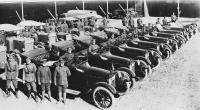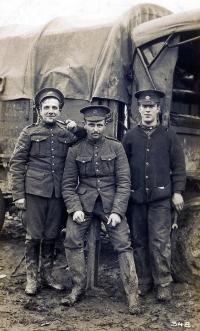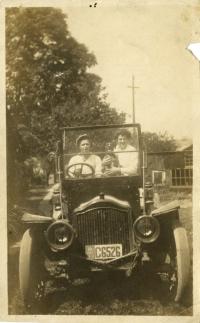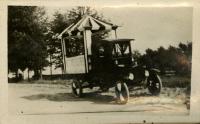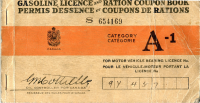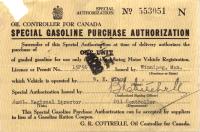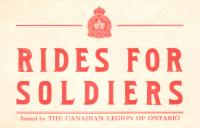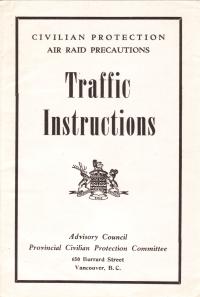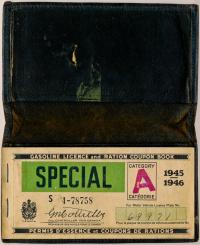Driving
A wheeled army
Vehicles were used for military maneuvers and reviews when not employed in the field. The of touring cars and military trucks were used by Canadian soldiers in training at Camp Hughes, Manitoba. In the other photos, the Duchess and Princess of Connaught were transported alongside the Duke of Connaught, Canada's Governor-General, for a review in Vernon, British Columbia, in 1916.
Vehicles in the Field
Vehicles such as bicycles, tanks, armoured cars, and trucks and were used extensively in the field throughout the First World War to move people, weapons, and supplies - and to take part in battle.
Personal Vehicles
Personal motorized vehicles were a luxury few Canadians could afford at the start of the twentieth century. Many owners enjoyed showing off their vehicles, like the farmers posed inside their vehicles in these photos.
Trucks on Parade
Trucks and other vehicles were utilized as parade floats during the First World War. The first photo is a decorated truck on parade for Lambton county's 149th Battalion, in Plympton-Wyoming, Ontario.
Gasoline Licence and Ration Coupon Booklets
Gasoline was a controlled good during the Second World War, The selling and buying of gasoline was done through the use of ration coupon books like the ones here, and were intended to prevent its hoarding or wasting given the limited availability of gasoline during wartime.
Driving in wartime
The federal government placed strict limits on the purchase of gasoline during the Second World War, but extra fuel could be made available under special circumstances.
Rides for soldiers
Hitch-hiking was very common in the 1940s and this sign, placed on the car's dashboard or glued to a window, indicated that the driver was happy to give a ride to anyone in uniform.
Driving in a blackout
To achieve an effective blackout, the BC government issued this pamphlet to instruct drivers on modifying their cars, motorcycles, and bicycles by masking the headlights.
Commercial gasoline ration
The operator of this commercial vehicle was allowed 200 units of fuel each year. Each coupon bore the vehicle license plate number, to guard against misuse.
Gasoline rationing
Ration coupons were a coveted necessity for civilians. This is an example of "Special, Category A" coupons which governed vehicle licencing and gasoline allotments.

